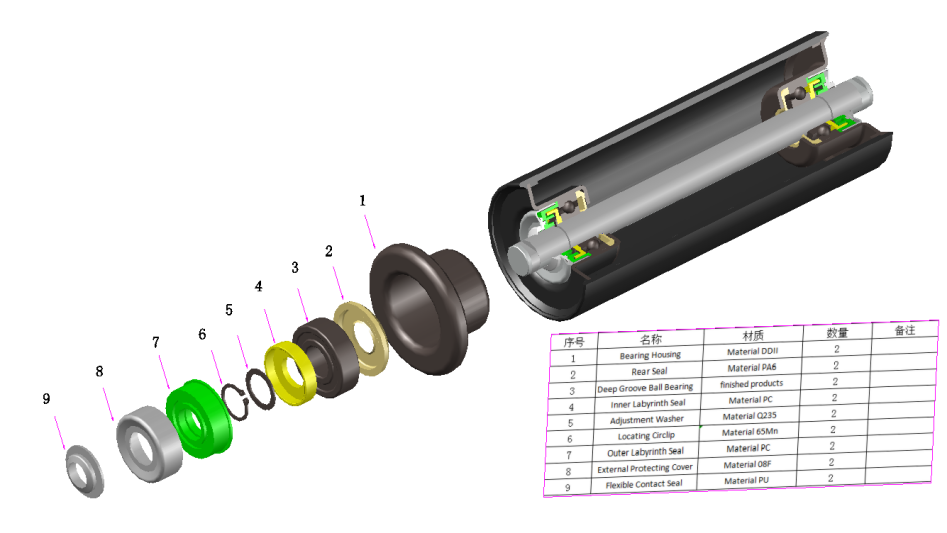 Afrikaans
Afrikaans  Albanian
Albanian  Amharic
Amharic  Arabic
Arabic  Armenian
Armenian  Azerbaijani
Azerbaijani  Basque
Basque  Belarusian
Belarusian  Bengali
Bengali  Bosnian
Bosnian  Bulgarian
Bulgarian  Catalan
Catalan  Cebuano
Cebuano  Corsican
Corsican  Croatian
Croatian  Czech
Czech  Danish
Danish  Dutch
Dutch  English
English  Esperanto
Esperanto  Estonian
Estonian  Finnish
Finnish  French
French  Frisian
Frisian  Galician
Galician  Georgian
Georgian  German
German  Greek
Greek  Gujarati
Gujarati  Haitian Creole
Haitian Creole  hausa
hausa  hawaiian
hawaiian  Hebrew
Hebrew  Hindi
Hindi  Miao
Miao  Hungarian
Hungarian  Icelandic
Icelandic  igbo
igbo  Indonesian
Indonesian  irish
irish  Italian
Italian  Japanese
Japanese  Javanese
Javanese  Kannada
Kannada  kazakh
kazakh  Khmer
Khmer  Rwandese
Rwandese  Korean
Korean  Kurdish
Kurdish  Kyrgyz
Kyrgyz  Lao
Lao  Latin
Latin  Latvian
Latvian  Lithuanian
Lithuanian  Luxembourgish
Luxembourgish  Macedonian
Macedonian  Malgashi
Malgashi  Malay
Malay  Malayalam
Malayalam  Maltese
Maltese  Maori
Maori  Marathi
Marathi  Mongolian
Mongolian  Myanmar
Myanmar  Nepali
Nepali  Norwegian
Norwegian  Norwegian
Norwegian  Occitan
Occitan  Pashto
Pashto  Persian
Persian  Polish
Polish  Portuguese
Portuguese  Punjabi
Punjabi  Romanian
Romanian  Russian
Russian  Samoan
Samoan  Scottish Gaelic
Scottish Gaelic  Serbian
Serbian  Sesotho
Sesotho  Shona
Shona  Sindhi
Sindhi  Sinhala
Sinhala  Slovak
Slovak  Slovenian
Slovenian  Somali
Somali  Spanish
Spanish  Sundanese
Sundanese  Swahili
Swahili  Swedish
Swedish  Tagalog
Tagalog  Tajik
Tajik  Tamil
Tamil  Tatar
Tatar  Telugu
Telugu  Thai
Thai  Turkish
Turkish  Turkmen
Turkmen  Ukrainian
Ukrainian  Urdu
Urdu  Uighur
Uighur  Uzbek
Uzbek  Vietnamese
Vietnamese  Welsh
Welsh  Bantu
Bantu  Yiddish
Yiddish  Yoruba
Yoruba  Zulu
Zulu Types and Functions of Conveyor Pulleys in Material Handling Systems
Types of Conveyor Pulley
Conveyor pulleys play a vital role in the functioning of conveyor systems, which are widely used in various industries for material handling. A conveyor system is incomplete without pulleys, as they facilitate the movement of belts and materials from one point to another. Understanding the different types of conveyor pulleys can help in selecting the right one for specific applications, enhancing efficiency and longevity.
1. Drive Pulley
The drive pulley, also known as the head pulley, is the primary component that helps in moving the conveyor belt. Located at the end of the conveyor, it is driven by a motor and is responsible for pulling the belt along with the materials on it. Drive pulleys are often equipped with a lagging surface to enhance friction between the pulley and the belt, preventing slippage. This type of pulley is crucial for the operational efficiency of the entire conveyor system.
2. Idler Pulley
Idler pulleys are used to support the carrying and return sides of the conveyor belt. Positioned between the drive pulley and the tail pulley, idler pulleys help maintain belt tension and alignment. They ensure that the belt runs smoothly and reduce sagging, which can lead to premature wear. Idler pulleys come in various designs, such as flat, trough, and rubberized, depending on the application and material being handled.
3. Tail Pulley
The tail pulley is located at the opposite end of the drive pulley and serves multiple purposes. Primarily, it helps to return the belt after it has discharged its load. The tail pulley is usually a simple design and does not require as much strength as the drive pulley since it does not provide any drive force. However, proper guarding is necessary to prevent accidents and ensure safety in the workplace.
types of conveyor pulley

4. Snub Pulley
Snub pulleys are used to provide additional wrapping of the belt around the drive pulley, enhancing the friction and increasing the drive force. They are particularly useful in situations where extra grip is required for heavy loads. By increasing the contact area between the belt and the drive pulley, snub pulleys can help prevent slippage and improve overall system efficiency.
5. Take-Up Pulley
The take-up pulley is designed to maintain the tension of the conveyor belt. It accommodates belt stretch and wear over time, allowing for easy adjustments to keep the belt taut. These pulleys are critical in prolonging the life of the conveyor system and ensuring consistent material flow. There are two main types of take-up systems manual and automatic, each offering different methods to adjust belt tension.
6. Bend Pulley
Bend pulleys are used to change the direction of the conveyor belt. They allow the belt to make sharp turns or changes in its path without causing excessive wear or damage. Bend pulleys are usually smaller in diameter compared to other pulleys and are strategically placed to optimize the belt's movement through the conveyor system.
Conclusion
In conclusion, conveyor pulleys are essential components of conveyor systems, with various types designed to perform specific functions. From drive pulleys that initiate movement to idler pulleys that support and maintain the belt’s alignment, each pulley type contributes to the smooth operation of material handling systems. Understanding the distinct features and applications of these pulleys can assist engineers and operators in designing more efficient conveyor systems tailored to their unique requirements. By selecting the right types of pulleys, businesses can enhance productivity, reduce downtime, and extend the lifespan of their equipment.
-
Revolutionizing Conveyor Reliability with Advanced Rubber Lagging PulleysNewsJul.22,2025
-
Powering Precision and Durability with Expert Manufacturers of Conveyor ComponentsNewsJul.22,2025
-
Optimizing Conveyor Systems with Advanced Conveyor AccessoriesNewsJul.22,2025
-
Maximize Conveyor Efficiency with Quality Conveyor Idler PulleysNewsJul.22,2025
-
Future-Proof Your Conveyor System with High-Performance Polyurethane RollerNewsJul.22,2025
-
Driving Efficiency Forward with Quality Idlers and RollersNewsJul.22,2025





























